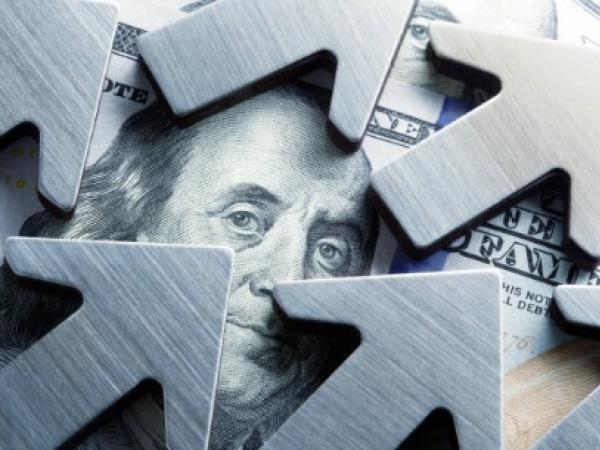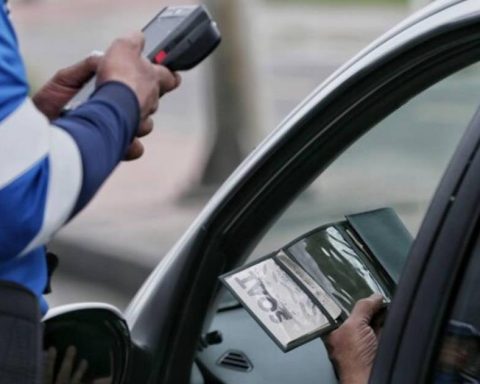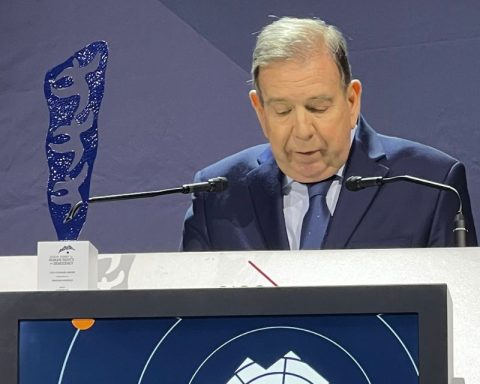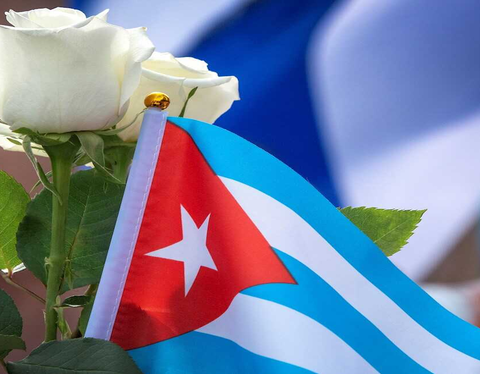Although it was expected that calm would reign in the currency market and that the dollar would remain above $4,000 for the next few weeks, the last few days have been marked by strong increases, both locally and internationally, which even led to the surprising breaking of a new barrier. during the day this Thursday – August 29 – and some pressure will be added to the national economy.
According to the Colombian Stock Exchange, in the penultimate session of the week, The US currency was at $4,119.80, after a day in which it reached highs of $4,147 and managed to rebound more than $60 pesos, returning to levels that had not been seen for two weeks and largely influenced by what is happening in the United States and Mexico.
The latest: Bogota’s Minimum Guaranteed Income shakes up: what will change?
However, although most of the pressure comes from outside, analysts warn that the necessary conditions are not being generated in the country to face these risks and that factors such as uncertainty regarding Ecopetrol, the growth of country risk and the lowering of rates by the Issuer are not helping.
Five reasons
In a recent analysis of what is happening with the dollar, Alejandro Guerrero, senior currency partner at Credicorp Capital, stated that there are currently five causes that would be influencing the rise in the price of the dollar, but also that the Colombian peso is losing strength.
The price of the dollar rises in the first week of April.
Private file
First, it states that although the dollar index (DXY) has been weak internationally due to expectations of rate cuts by the Fed (Federal Reserve or central bank of the United States), regional factors, especially related to Mexico, have negatively affected Latin American currencies, including the Colombian peso.
“It is taken for granted that at the September meeting they will begin to go down. rates and that even by December we could have up to a 100 basis cut with respect to current levels, this has generated weakness in the dollar at an international level that has practically led the DXY to trade very close to 100.50 points; almost at its lowest level for the year and today, let’s say that it is still at 101.37,” said this expert.
Regarding Latin America, Guerrero added that “Mexico is affected by a structural investment issue, because the famous carry trade that had been leveraged by the yen is being dismantled after the rise in interest rates by the central bank in Japan and that has maintained a strong demand for the dollar against the Mexican peso,” which in his opinion is also felt in Colombia.
Internal factors
For Alejandro Guerrero, the rise of the dollar has also been influenced by the increase in country risk and Credit Default Swaps (CDS), which reflect a negative perception of the national economy. This increase in risk, from its very beginning, has generated distrust among investors, further weakening the Colombian peso against the dollar and complicating the country’s economic stability.
“Turning to domestic factors, country risk and CDS have also reached a recent low, but are now on the rise again. This week we could see 180 points on Colombia’s five-year CDS, which impacts the exchange rate from a fundamental and structural perspective. Colombia continues to face a difficult economic dynamic, which translates into a weaker currency,” he explained.

Colombian pesos.
iStock
In addition, the currency expert at Credicorp Capital maintains that the Bank’s decision The Republic’s decision to reduce interest rates has diminished the attractiveness of the Colombian peso for international investors. This measure has weakened the traction of the carry trade, which has contributed to a further depreciation of the local currency, accentuating the upward trend of the dollar in the domestic market.
Finally, he points out that political uncertainty has also played a key role in the volatility of the peso, mainly due to the departure of members of the Ecopetrol board of directors and the statements of President Gustavo Petro on the issuance of currency that have generated nervousness among investors. In this sense, he concludes by saying that the lack of clear and positive signals from the government to the market has exacerbated the demand for dollars, further boosting their value against the peso.
You may be interested in: Factors that could influence the appreciation of cryptocurrencies in the remainder of 2024
Guerrero expects that the dollar will maintain its upward trend in Colombia towards the end of the year, fluctuating between $4,000 and $4,200 pesos, if factors such as internal fiscal instability, the volatility of the Mexican peso and the impact of the elections in the United States continue. He also stated that it is necessary start working on issuing favorable signals for the market local.
PORTFOLIO
















